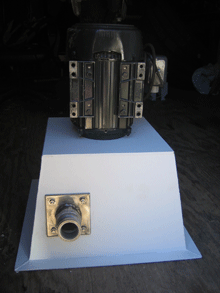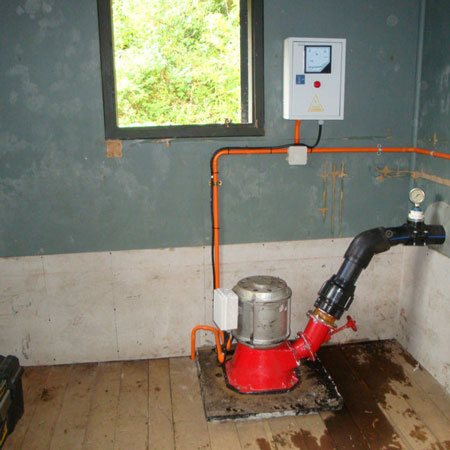


In reality, friction and inefficiencies in the generator can lower the output – sometimes by as much as half. So, a stream falling at 10 litres per seconds down a head of 5 metres would give a maximum output of 500 watts.īear in mind this is the maximum output. The amount of electricity you can generate depends on how much water flows in the stream, and the drop in height from the point where the water flows into the pipe to the turbine (this is known as the 'head').Īs a rule of thumb: flow rate (litres per second) x head (metres) x 10 = maximum electricity output (watts). The exact set-up depends on the circumstances on your property. Some electricity can be used immediately, and the rest can be stored in a bank of batteries or even sent back into the grid.

In a typical micro-hydro system, water flows downhill through pipes into a small turbine, and the turbine drives an electricity generator. For example, Haast gets its electricity from a 900kW mini-hydro generator. Some mini-hydro schemes are large enough to provide electricity for small communities or villages. Mini-hydro schemes are larger than micro-hydro and typically have a peak output of between 5 and 20kW, but can be larger.

If you’re in a rural area and your property has a stream with a reliable flow, micro-hydro may be a cost-effective and environmentally friendly alternative to a diesel generator or a local lines connection. Most domestic-sized systems produce an output of less than 5kW of electricity – enough to power a single property depending on usage pattern. Hydro generation systems come in all sizes


 0 kommentar(er)
0 kommentar(er)
